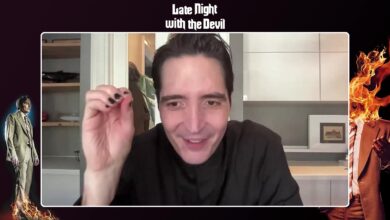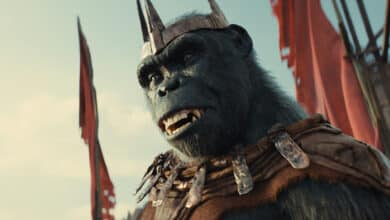Street Gang: How We Got to Sesame Street (2021) is a documentary film. It was directed by Marilyn Agrelo, based on the book of the same title, written by Michael Davis.
Who doesn’t love the Muppets? If you had asked this question of humankind back in the 1970s’ and 1980’s the answer would have been a unanimous and resounding “Nobody.” Nobody doesn’t love The Muppets. Today, it might be a different story. Not to say that there aren’t still millions who still hold these fuzzy dopplegängers near and dear to their hearts.
However, times have changed, as times are wont to do. As someone who, by chronological standards, is an adult, I don’t follow Sesame Street with quite the same fervor as I did when I was of that Sesame Street age. It used to be on PBS, now it is on HBO first. The majority of the folks who worked behind the scenes to make Sesame Street what it was are no longer with us. And certainly with our society becoming increasingly polarized; the most basic of facts often disputed over claims of political bias, I must admit, I’m not sure what place Sesame Street occupies in the popular consciousness in 2021.
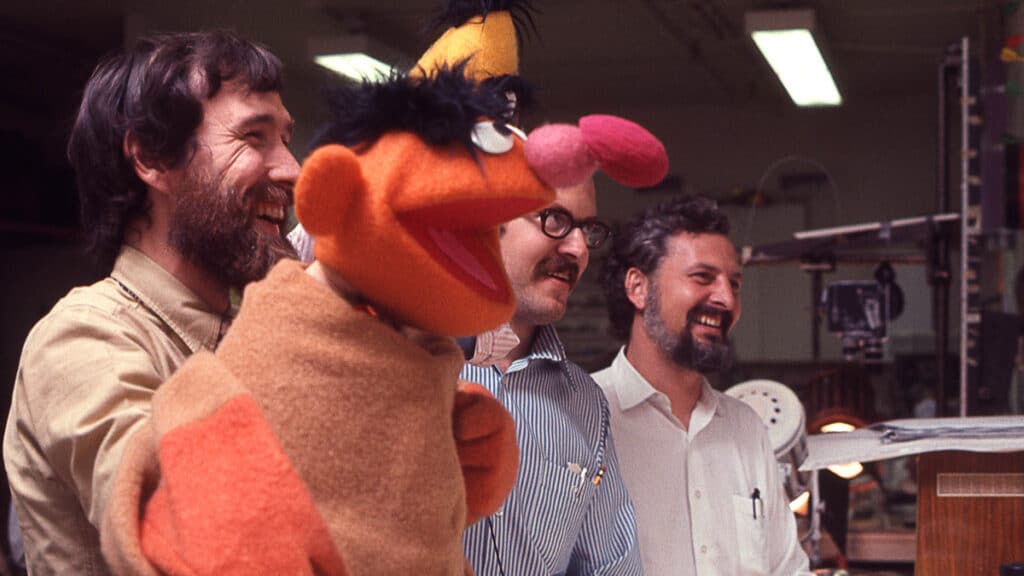
However, for an entire generation (maybe more) of people who are now most likely parents themselves, The Muppets were a childhood staple. Between Sesame Street, The Muppet Show, a trilogy of Muppet films, and a bunch of other Muppet-related ephemera, anybody who grew up in the 70s’ and/or 80’s has a soft spot in their heart for the once omnipresent offspring of the mind of Jim Henson.
Sesame Street is a particularly interesting phenomenon because it got in the minds of children so early. Sure, kids could and would watch The Muppet Show, but much of the sophistication and wit of the shows writing would likely sail right over the heads of most children. That’s okay though. You didn’t need to get all the jokes to love The Muppets. What I have found though, is that without realizing it, Sesame Street, and its denizens bonded emotionally with its young demographic in a way that is difficult to remember as an adult. At least until you end up revisiting it somehow.
For example, a couple of years ago at Comic-Con International in San Diego, there was a Sesame Street panel. As someone who grew up on the show, and often credits it for my ability to read as well as I seem to, I had to be there. I wanted to hear Maria (Sonia Manzano) tell her stories, and to learn as much as I could about the behind-the-scenes stuff from this show that from what I understand, meant so much to me as a toddler. I was looking forward to this panel as one of the highlights of that year’s Con, from the moment the schedule was released.
If you’ve ever been to Comic-Con, you know that it is an exhausting event. It is 5 days of little sleep, a lot of walking (sometimes running), exposure to the sun, exposure to the relentless air conditioning of the San Diego Convention Center, inconsistent meals and meal times, and most oppressively, the but-numbing agony of four straight days of stuffing my ass into those blue, Draconian, Convention Center chairs. By Sunday of any given year at Con, fatigue is one’s permanent Convention partner. Needless to say, by the time the Sesame Street panel happened, I was close to passing out on my feet, but that wasn’t gonna stop me from being there.
What I wasn’t prepared for was the involuntary burst of emotion that forced its way out of me as the panel started. The fatigue almost certainly had worn down my resistance to outside stimulus, but the floodgate of emotion would have burst open, fatigue or not. At the very beginning, was an introduction by Big Bird himself. I wasn’t really thinking about much before the panel began. Probably looking at the schedule to see where I would go following the conclusion of the Sesame Street panel.
When the lights dimmed, and Big Bird walked out on stage, my body involuntarily gasped for air. I was instantly possessed by some force that hit me in the chest like a ton of bricks. I actually started to get choked up, as I began to breathe heavily and internally exclaimed to myself “oh my God, that’s Big Bird! That’s actually Big Bird!”
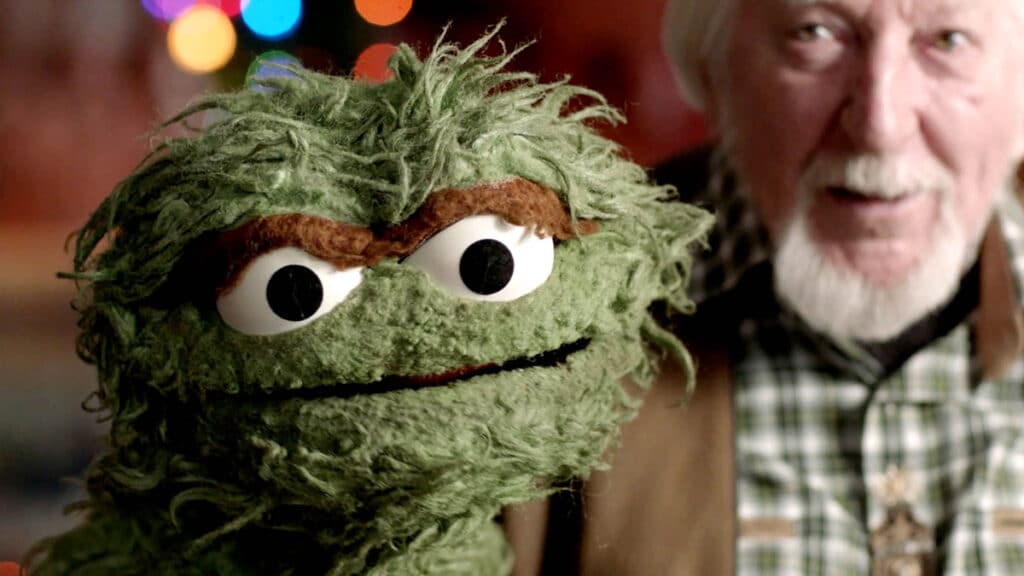
Here, on stage, in the feathers, before my very eyes was this person that I loved so deeply, yet had only known through the television. Now, this has never happened to me before. Seeing Peter Dinklage on stage during a Game of Thrones panel does not affect me in the same way, no matter how much I loved him on the show. I watched that show as an adult. Even though I have no problem suspending my disbelief while consuming Game of Thrones, at no point did I ever believe Tyrion Lannister to be a real person. He was always Peter Dinklage doing a kick-ass job of portraying this character.
But to the three-year-old me that watched Sesame Street, everyone on that show, human and Muppet alike was a real person. So not only was Big Bird a real guy, but he was also a beloved friend, from a time in my life that doesn’t come up in my conscious thoughts very often, whom I hadn’t seen in decades. And there he was. Had I not been so wrapped up in this whirlwind of feelings I was experiencing, I would have felt like a fool, sitting there in Hall 6BCF, tears forcing their way from the corners of my eyes, as I gazed upon what is basically a giant-sized puppet. I now understand every teenage girl in the stands in Candlestick Park in 1966 that was there to see The Beatles.
But it was Big Bird!!! It was really him!!! He said some stuff, and he introduced the rest of the panel, and then the wonderful Sonia Manzano told Big Bird it was time to go. Bird said his goodbyes, and left to return to Sesame Street. The rest of the panel was a beautiful tribute to the show on its 50th anniversary. They even had a couple of the other Muppets from the show, accompanied by their current Muppeteers. This was amazing too because watching the Muppeteers work is incredible, and something almost nobody ever gets to see in person.
Nothing at Comic-Con, has ever hit me the way seeing my old friend Big Bird hit me. I have almost never experienced anything like it. The only explanation I have is that seeing Big Bird like this was like having a family member or loved one that had died, return to me for a few minutes. Sesame Street was a part of my life at such a young age, that all of those toddlery feelings, the kind you just never have again once you grow up, came flooding back to me. If I went back and looked at the Comic-Con schedule for that year, I’m sure I would be reminded of all of the cool stuff I saw, and all the fun things I did. However, in the aftermath, my strongest memory is seeing Big Bird.
Ordinarily during one of my reviews, I would have given a synopsis, and then talked about what I liked and/or didn’t like. This review is different. Sesame Street is a program that I hold in an almost absurdly high regard. Today, the saints responsible for this show would likely be derided as communists or libtards. However, I strongly believe that Jon Stone, Joan Ganz Cooney, and Jim Henson are responsible for creating the most important program to have ever been televised.
Their insight, forethought, and altruism has known no equal in the history of the medium. Generations of kids started school with a leg up thanks to this show. Generations of kids were taught that no matter what street you live on, Sesame Street or not, that your street will have all kinds of different people on it. People of all kinds of different colors and temperaments, and that they are all worthy of your love, consideration and respect, regardless of which categories they fit into. Whether they are an elderly shop owner, a deaf lady, or a green Grouch who lives in a trash can. Black, white, brown, purple, blue, and green, no matter the color, we all have a street that we live on. Together.
To have a show that doesn’t talk down to kids, that tries to elevate children regardless of their station in life; a show that is so incredibly sharp, witty, and artistic, and for whom the thought of selling anything to kids, or making any money was total anathema… Well, you can pretty much forget about anything like that ever coming along again. At least as long as we endure this Hellscape of late-stage-capitalism that this country, and indeed much of the world, has devolved into. Cash rules everything around us in this sick, fucked up world. The fact that Sesame Street even exists, let alone that it continues to this day, is an absolute miracle.
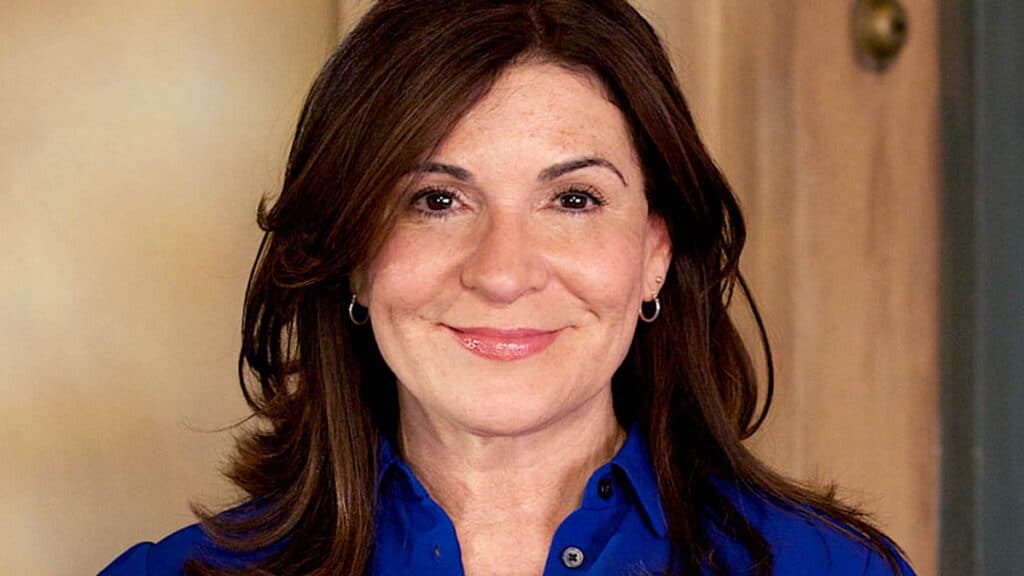
Street Gang: How We Got to Sesame Street is exactly what the title suggests. It tells the story about how the whole thing came together. How Stone, Cooney, and Henson managed to put together the most phenomenal group of talented writers, performers, and craftspeople, and create something that had nothing but love for us. A group of people who gave it all to ensure that their high, philanthropic ideals were maintained, nay, insisted upon.
The film contains a wellspring of archival, and backstage footage of the show in production. Both on and off the set. It talks to a great deal of all of the other folks that helped make Sesame Street the institution it is today. Chronologically it covers the show from inception through the untimely passing of Jim Henson. It covers the highs and the lows, the adversity and the advocates, the triumphs and the heartbreaks. It tells a story that demands to be told in a touching and meaningful way.
The film itself is conventional in the way it tells its story. No need to try and reinvent the documentarian wheel on this one. Which is nice because I don’t know how much I really need someone to shake up the documentary format. Even if I did need it, Sesame Street was not the place to do it. As a documentary, Street Gang is strictly by the numbers.
My biggest complaint about the film is that there wasn’t more of it. There were several people who were on or involved with the show who I would have liked to have heard from, but were not in the movie. Maybe they were, and were edited out for time, I’m not sure. Either way, they were missed.
There were also a few of the subjects covered by the film that I wish they had spent a little more time on, or delved a little deeper into. Mr. Hooper (Will Lee) for example is one that I would have liked a little more of. By the time the film covers his death and the way the show dealt with it, I felt that they could have enhanced the impact of his passing and the toll it took on everyone with some additional build-up, if you will forgive the crassness of that description.
But then again, how long do I expect this thing to be? They can’t talk about absolutely everything, there just isn’t enough time. Unless they turned this thing into one of those Netflix-style docu-series. But then it might lose some of the impact as a result of the sheer overload of material a series like that would present. My complaints are minor and inconsequential. They are the foolish gripes that can only come from someone as petulant and spoiled as I. The film is absolutely wonderful.
If you are the type that cries at films, you may want to keep a hanky nearby. As the film moves on, the tragedies start to pile up. While ending on a positive note, Street Gang definitely brings the sadness as it winds down. It is a fantastic, moving tribute to one of the greatest and most important pop-cultural institutions of our time. It celebrates a group of people who were never looking to be celebrated in the first place, but who deserve it far more than they could have ever realized.
Review
Rating
RN Review of Street Gang: How We Got to Sesame Street
Street Gang is a fantastic, moving tribute to one of the greatest and most important pop-cultural institutions of our time.
